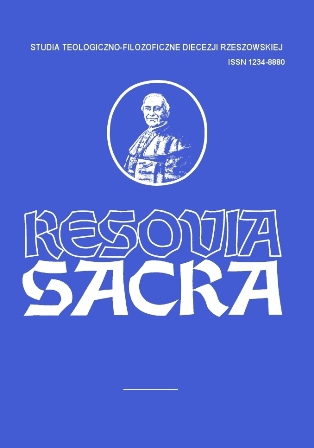Author(s): Piotr Królikowski / Language(s): Polish
Issue: 23/2016
Salvador Dalí, one of the most famous Surrealist artists, and 20th century painters, highly imaginative, eccentric, know for his unusual behaviour, maybe best-known for his work ‘The Persistence of Memory’, was also the author of religious paintings. From them on the christological or rather staurological-resurrectional criterion can be distinguish group of paintings which in very original way are connected to paschal mystery’ themes. These pictures and their staurological-resurrectional contents are subject of this article. These pictures have been analysed in three points: Last Supper, Crucifixion, Resurrection. Dalí’s staurological-resurrectional works show thematic dependencies and relationships not only in the indicated groups but also between them. It shows Dalí’s coherent method of artistic expression – nuclear mysticism. In his painting this is a kind of synthesis mysticism and sciences, especially atomic and nuclear physics, in presentation religious contents, especially christological.Dalí’s works are not refer directly to paschal events, but present significance of Christ’s crucifixion and resurrection for whole universe, for all creation, and especially for a man. Dalí’s pictures shows that Christ by his death and resurrection transformed world in new creation, that He has been present in world history and waiting with an offer of salvation (especially in Eucharist) for every man, that He wants to bring all people and whole creation into heaven, and in this way complete His Ascension. Dalí shows heaven as reality very close to man, available for him at all the time. People can participate in heaven, if they are open to God’s reality. Dalí pictures helps to see that human life is in constant relationship to God which is not far away, but very close, although in another dimension.
More...





